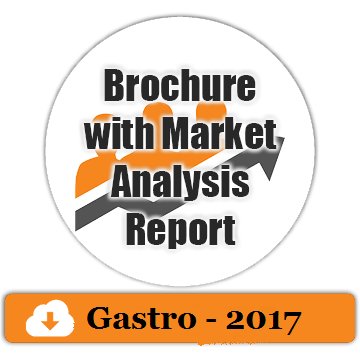
Francesco Falbo, Paolo Urciuoli
University of Rome "La Sapienza",
Title: Surgical therapy: a review and technological innovations
Biography
Biography: Francesco Falbo, Paolo Urciuoli
Abstract
Introduction. American Gastroenterologists Association 2008 guidelines suggests antireflux surgery to be reserved for patients with esophagitis and intolerance to PPI and patients with poor control of the gastro-esophageal reflux symptoms, especially regurgitation. Laparoscopic Nissen-Rossetti fundoplication has become the gold standard, being a well tolerated operations and considering its good outcome in terms of symptoms relief.
Laparoscopic Nissen-Rossetti fundoplication. In 1939 Rudolph Nissen improvised a fundoplication to protect an esophagogastric anastomosis. Some years later he performed this procedure to treat gastro-esophageal reflux disease and published the first description of the procedure in 1956. What we now call Nissen-Rossetti fundoplication is the result of the contribution by Nissen’s favourite pupil, Marco Rossetti. Nissen-Rossetti fundoplication consists in an extensive mobilization of the posterior wall of the stomach, which enables a loose wrap of the anterior wall to be used for the total wrap, without the division of the short gastric vessels. This procedure showed good results in term of post-operative dysphagia. With the extensive application of laparoscopic surgery during the 1990s, the volume of antireflux surgery increased. At the present time Nissen-Rossetti compare favorably in terms of mortality and morbidity with appendectomy and cholecystectomy.
Technological innovations. Where is antireflux surgery going from now on? First of all, robotic-assisted surgery. Although as of now robot-assisted surgery still has an unacceptable high cost for benign pathology, numerous studies are reporting comparable results in terms of outcomes versus laparoscopic surgery.
An interesting new device is LINX©, or Magnetic Sphincter Augmentation (MSA), a small flexible band of interlinked titanium beads with magnetic cores that works by restoring the continence of the lower esophageal sphincter. This device can be easily placed around the gastro-oesophageal junction in about 30 minutes.However it needs longer follow-up and has some limitation: it can’t be used in hiatal hernias larger than 3 cm, the safety and effectiveness of the LINX device has not been evaluated in patients with Barrett's esophagus or Grade C or D (LA classification) esophagitis and in patients with electrical implants such as pacemakers and defibrillators, or other metallic, abdominal implants.
Conclusions. LNR procedure should be considered the gold standard to treat patient with refractory GERD. 2013 UK REFLUX trial concluded that a surgical policy is probably cost-effective, considering LNR in a 5 years follow-up provided a better health-related quality of life compared with medical management. Waiting for a mininvasive techniques standardisation and long term follow up, patients should be aware of the safeness and feasibility of laparoscopic Nissen-Rossetti fundoplication.

